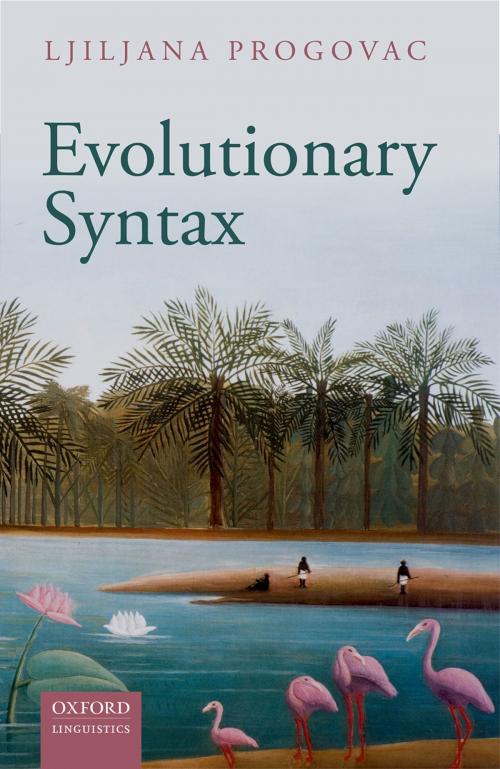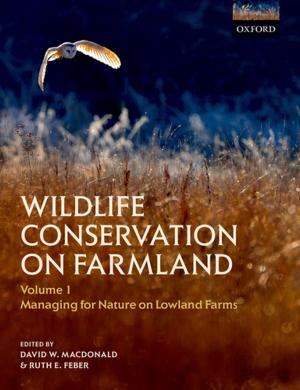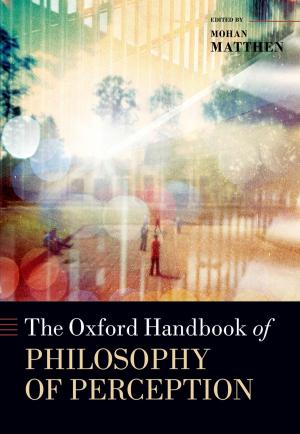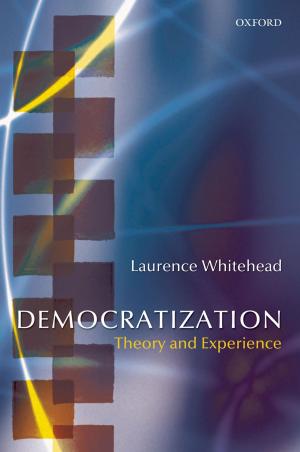Evolutionary Syntax
Nonfiction, Reference & Language, Language Arts, Linguistics, Science & Nature, Science| Author: | Ljiljana Progovac | ISBN: | 9780191089978 |
| Publisher: | OUP Oxford | Publication: | June 4, 2015 |
| Imprint: | OUP Oxford | Language: | English |
| Author: | Ljiljana Progovac |
| ISBN: | 9780191089978 |
| Publisher: | OUP Oxford |
| Publication: | June 4, 2015 |
| Imprint: | OUP Oxford |
| Language: | English |
In this book, Ljiljana Progovac proposes a gradualist, adaptationist approach to the evolution of syntax, subject to natural selection. She provides a specific framework for its study, combining the fields of evolutionary biology, theoretical syntax, typology, neuroscience, and genetics. The author pursues an internal reconstruction of the stages of grammar based on the syntactic theory associated with Chomskyan Minimalism and arrives at specific, testable hypotheses, which are then corroborated by an abundance of theoretically analysed 'living fossils' drawn from a variety of languages. Her approach demonstrates that these fossil structures do not just coexist alongside more modern structures, but are in fact built into the very foundation of more complex structures, leading to quirks and complexities that are suggestive of a gradualist evolutionary scenario. By reconstructing a particular path along which syntax evolved, Evolutionary Syntax sheds light on the crucial properties of language design itself, as well as on the major parameters of crosslinguistic variation. As a result, this reconstruction can be meaningfully correlated with both the hominin timeline and the ever-growing body of genetic evidence that is available.
In this book, Ljiljana Progovac proposes a gradualist, adaptationist approach to the evolution of syntax, subject to natural selection. She provides a specific framework for its study, combining the fields of evolutionary biology, theoretical syntax, typology, neuroscience, and genetics. The author pursues an internal reconstruction of the stages of grammar based on the syntactic theory associated with Chomskyan Minimalism and arrives at specific, testable hypotheses, which are then corroborated by an abundance of theoretically analysed 'living fossils' drawn from a variety of languages. Her approach demonstrates that these fossil structures do not just coexist alongside more modern structures, but are in fact built into the very foundation of more complex structures, leading to quirks and complexities that are suggestive of a gradualist evolutionary scenario. By reconstructing a particular path along which syntax evolved, Evolutionary Syntax sheds light on the crucial properties of language design itself, as well as on the major parameters of crosslinguistic variation. As a result, this reconstruction can be meaningfully correlated with both the hominin timeline and the ever-growing body of genetic evidence that is available.















